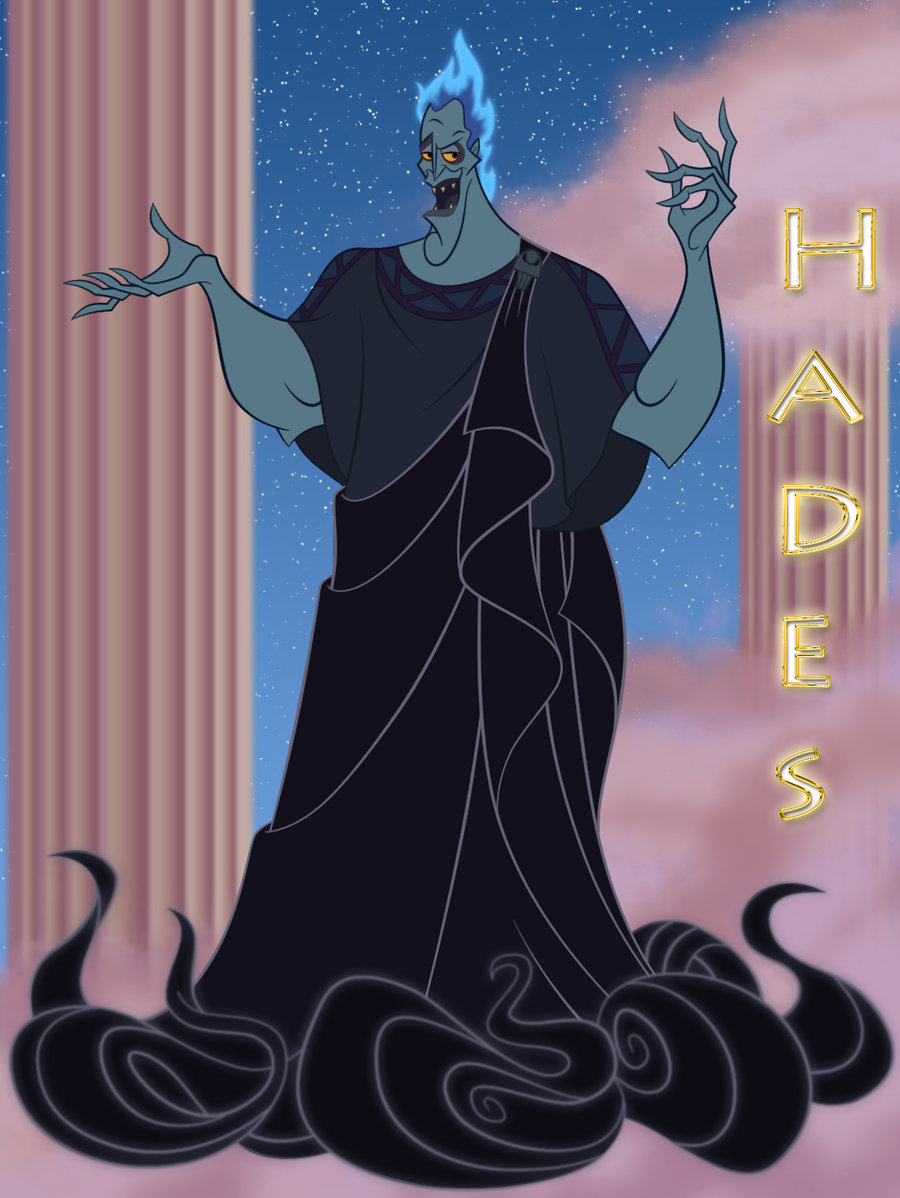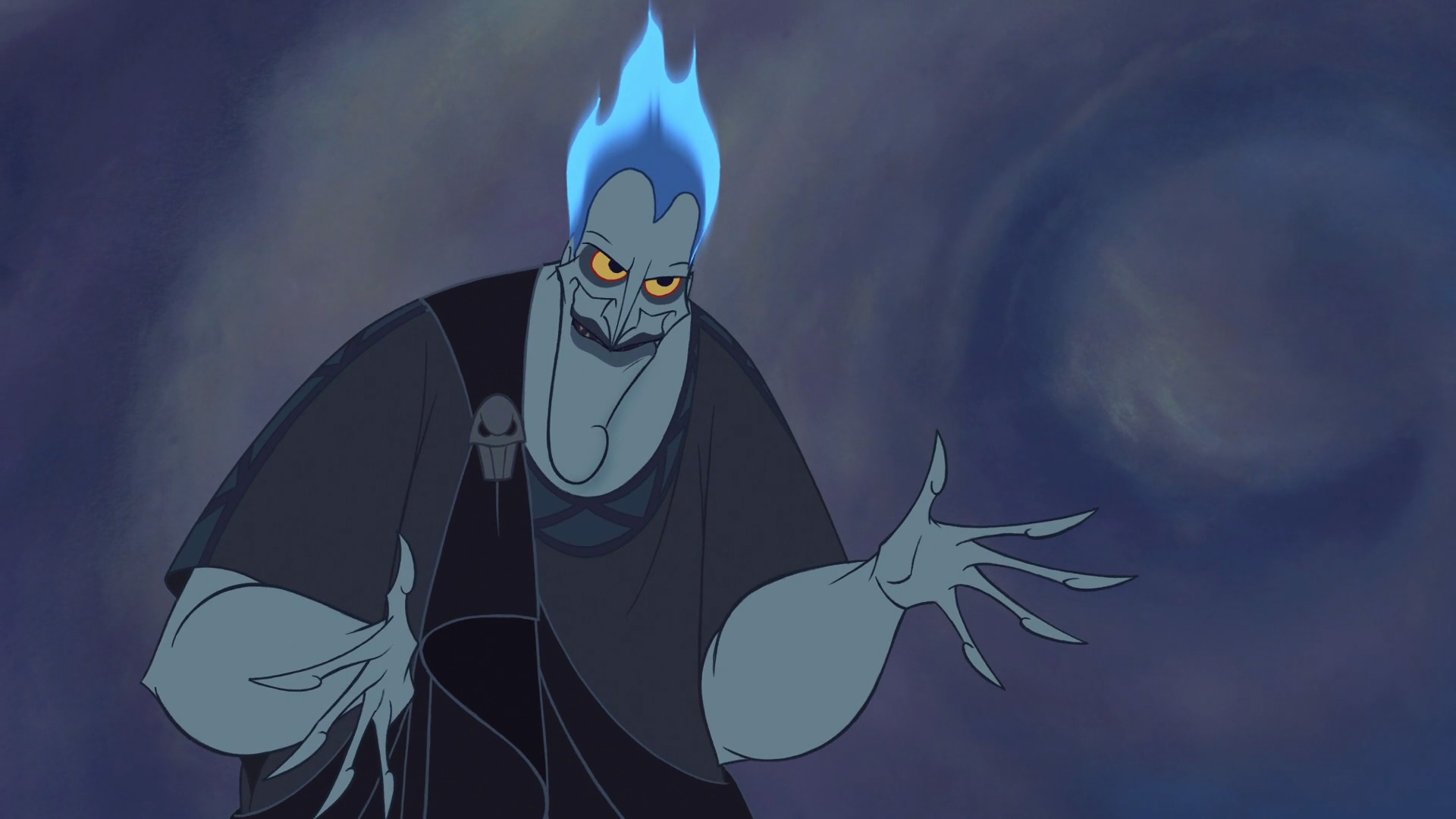

In those close quarters, Heracles was able to stun the beast with his club and, using his immense strength, strangle it to death.ĭuring the fight the lion bit off one of his fingers.


When he found and shot the lion, firing at it with his bow, he discovered the fur’s protective property as the arrow bounced harmlessly off the creature’s thigh.Īfter some time, Hercules made the lion return to his cave. If he did not return within thirty days, it would be sacrificed to the dead Heracles as an offering of mourning. However, if Hercules did not return within thirty days, or if he died, the boy would sacrifice himself to Zeus.Īnother version of the story says that he met Molorchos, a shepherd who had lost his son to the lion, saying that if he came back within thirty days, a ram would be sacrificed to Zeus. There, he met a boy who said that if he slew the Nemean lion and returned alive within thirty days, the town would sacrifice a lion to Zeus. Hercules wandered until he came to the town of Cleonae. Credit: CC BY-SA 3.0 Slaying the Nemean Lion Mosaic showing Hercules slaying the Nemean. Stealing three of the golden apples of the Hesperides.Ĭapturing and bringing back Cerberus, the dog belonging to Hades. Obtaining the cattle of the three-bodied giant Geryon. Obtaining the girdle of Hippolyta, queen of the Amazons. A traditional order of the Twelve Labors of Hercules found in the “Bibliotheca,” by Pseudo-Apollodorus is:Ĭleaning the Augean stables in a single day. In the completion of his monumental tasks, Hercules was sometimes accompanied by a male companion (an eromenos), or Iolaus, his nephew. In each case, the pattern was the same: Hercules was sent to kill or subdue, or to fetch back for King Eurystheus a magical animal or plant. Of the Twelve Labors of Hercules, the first six were located in the Peloponnesian Peninsula. Six others took the hero farther afield, to places that were all previously strongholds of Hera or the ‘Goddess,’ and were believed to be entrances to the Netherworld. Credit: Marie-Lan Nguyen / Public Domain The Twelve Labors of Hercules The Twelve Labors of Hercules Relief, Rome (3rd century AD) depicts a sequence of the Labors of Hercules, representing, from left to right, the Nemean lion the Lernaean Hydra the Erymanthian Boar the Ceryneian Hind the Stymphalian birds the Girdle of Hippolyta the Augean stables the Cretan Bull and the Mares of Diomedes. The king set two more tasks (fetching the Golden Apples of Hesperides and capturing the dog Cerberus), which Heracles also performed, bringing the total number of tasks to twelve. He duly accomplished these tasks, but Eurystheus refused to recognize two of them: the slaying of the Lernaean Hydra, since Heracles’ nephew and charioteer Iolaus had helped him, and the cleansing of the Augean stables because Heracles had accepted payment for the labor. Eventually, he placed himself at King Eurystheus’ disposal.Įurystheus originally ordered Hercules to perform ten labors. Hercules actually despaired at the words of the Oracle, loath to serve a man whom he knew to be far inferior to himself yet fearing to oppose his father, Zeus. “The Heracles Papyrus,” a fragment of a 3rd-century Greek manuscript of a poem about the twelve Labors of Hercules (Oxyrhynchus Papyrus 2331) located in the Sackler Library at Oxford University. If he succeeded, he would not only atone for his crimes but be rewarded with immortality as well.
#Disney hades series#
He was then tasked with performing a series of astoundingly difficult feats, called Labors, which took place all over ancient Greece.


 0 kommentar(er)
0 kommentar(er)
